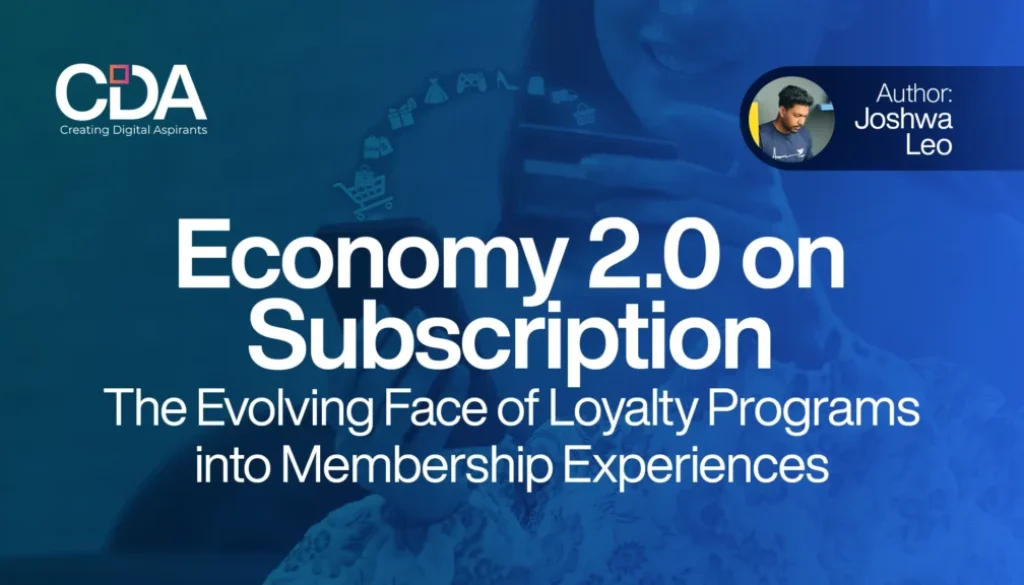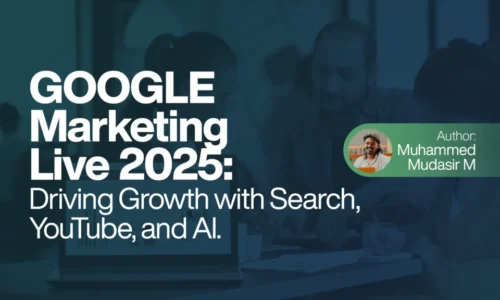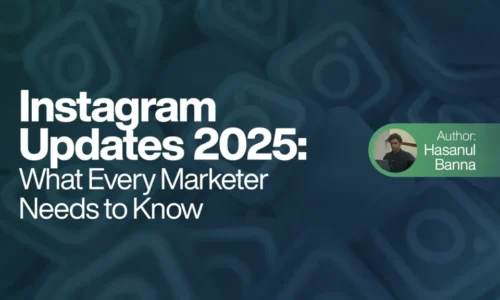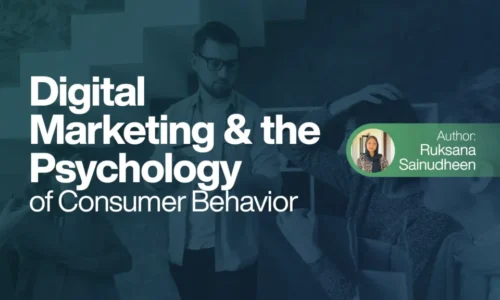Economy 2.0 on Subscription- The Evolving Face of Loyalty Programs into Membership Experiences
In the digital world of constant change, how businesses interact with their customers is changing. The greatest recent shift has been in loyalty programs morphing into membership experiences. This change has reshaped the subscription economy for the consumer, providing value, personalization, and a connection not yet experienced. Let’s delve into why this is taking place and how brands are redefining customer loyalty in 2025.
Table of Contents
What’s Subscription Economy 2.0?
The subscription economy has grown in the last decade, where businesses have provided everything from streaming services to meal kits. But we are now coming to the next chapter: Subscription Economy 2.0, where companies are moving beyond simple recurring payments and building immersive, worth-driven experiences.
This change is being propelled by changing consumer expectations. Customers no longer want products or a service; rather, they want to have a sense of belonging, “always-on” access, and, of course, personalization. Such loyalty programs, built on points and discounts, are no longer fruitful in creating long-lasted relations. Brands, however, are now turning toward membership-model-based rich and engaging experiences.
Why Are Loyalty Programs Changing?
1. Consumer Behavior Changed
Today’s consumers don’t want transactional relationships anymore. They want to feel valued and appreciated by the brands they patronize. The generic, points-based loyalty programs cannot, by themselves, provide these emotions and exclusivity that contemporary consumers need.
Membership experiences give customers personalized value propositions that may include benefits such as access to new products before others or content exclusive to members, as well as preferences and curations based on individual tastes. This makes customers feel much closer to a brand.
2. Competition is Fierce
With more brands entering the subscription space, standing out is becoming a challenge. Offering only a product or service isn’t enough anymore. Companies need to create value that goes beyond the core offering. Evolving loyalty programs into memberships makes it possible for brands to stand out and deepen loyalty.
For example, Amazon Prime does more than free shipping; it also provides exclusive movie and music streaming, alongside discounts. This multi-layer approach keeps the customer interested in the brand.
3. Use of Data-Driven Insight for Personalization
Due to technological and AI advancement, businesses have been able to collect and analyze data easily. It means they know what individual customers want, so they can offer experiences that are hyper-personalized. Membership programs, through such data, allow offering benefits that feel uniquely suited to every customer, enhancing their experience.
Key Features of Membership Experience
So, what makes membership different from a traditional loyalty program? Here are some defining characteristics:
1. Exclusive Access
Membership programs often offer access to content, events, or products that are not accessible by non-members. That makes it a sense of belonging, and that is exactly the reason for staying subscribed to these programs.
Example: A premium customer tier at high-end beauty retailer Sephora is the Rouge, which additionally boasts benefits such as early access to sales and products available only for a select few, not to mention private consultations.
2. Community Building
Membership experiences are all about creating a sense of community. Whether through online forums, social media groups, or members-only events, brands are fostering connections between their customers.
Example: Peloton has created a fitness community that shares progress and cheers each other on, so the experience is more enjoyable than just owning a bike.
3. Increased Personalization
Membership models use data to give recommendations, rewards, and experiences that are personal to customers. This will make customers feel understood and valued.
Example: Spotify’s Premium members get curated playlists and podcasts before anyone else, all based on their listening patterns.
4. Tangible and Intangible Benefits
Membership experiences combine the tangible (free products, faster delivery) with intangible benefits (status, exclusiveness) of membership in a loyalty program other than a pure discounting model.
For example, Apple’s iCloud+ provides more free storage as well as “Hide My Email,” to further privacy and convenience needs of its customers.
Benefits of Membership Experiences for Brands
Membership models benefit businesses in the following ways:
1. Customer Retention
Membership experiences create emotional connections with customers, making them less likely to switch to competitors. The recurring revenue from subscriptions also ensures financial stability.
2. Higher Lifetime Value (LTV)
They persuade customers to spend more on goods over time by offering membership programs that are attractive in value proposition. Exclusive access and customized offers often imply higher average transaction values.
3. Better Customer Knowledge
Membership programs provide reams of data about their preferences and behavior. Subsequently, it can direct future marketing, product creation and customer interaction efforts.
Challenges in the Transition to Membership Models
Even though the positive effects are well established, no transition from a traditional loyalty program to membership experience is quite easy:
1.Balancing Price and Value
The membership offering must ensure that the costs of being a member must be justifiable to customers while not at the detriment of profitability. The balance seems hard to strike.
2. Keeping the Offer Fresh and Consistent in Value
Continuous delivery of value and maintenance of offerings are necessary because brands cannot allow stagnation; that breeds churn.
3. Winning Over Skeptical Customers
Some customers may not be willing to pay for membership, especially if they are accustomed to free loyalty programs. Therefore, clear communication on the value of membership is a must.
How to Create an Effective Membership Experience
However, if yours is an enterprise that would like to step into the Subscription Economy 2.0, here is a guide:
- Understand Your Customers: Use data to be informed about what matters most and adjust your membership value proposition accordingly.
- Make It Exclusive: Design experiences unavailable in other outlets, like VIP access, specialty content, or once-in-a-lifetime experiences.
- Make It Personal: Invest in technology to be able to deliver personalized recommendation and experience.
- Articulate Clear Value: Define and substantiate those benefits, tangible and intangible, from membership to justify the cost.
- Keep it Innovative: Make the membership feel new with benefits, events, and special features introduced regularly.
Conclusion
Membership experiences in loyalty programs redefine the nature of engagement for businesses with their customers. The new version of the Subscription Economy 2.0 makes a brand focus on creating more connections, delivering personal value, and making its members feel part of something greater than themselves.
This is more than a reward for consumers; it’s belonging to a brand that understands and values them. For businesses, that means differentiating, engaging loyalty, and driving the growth on which they hope to capitalize in an increasing competitive landscape.
As into 2025, one message is quite clear: there’s much more to winning customer loyalty than just managing transactions. Is your brand ready to make the leap?
Author Info
Joshwa Leo, a Freelance digital marketer in Thrissur.
Learner of CDA Digital Marketing Academy in Kochi.



